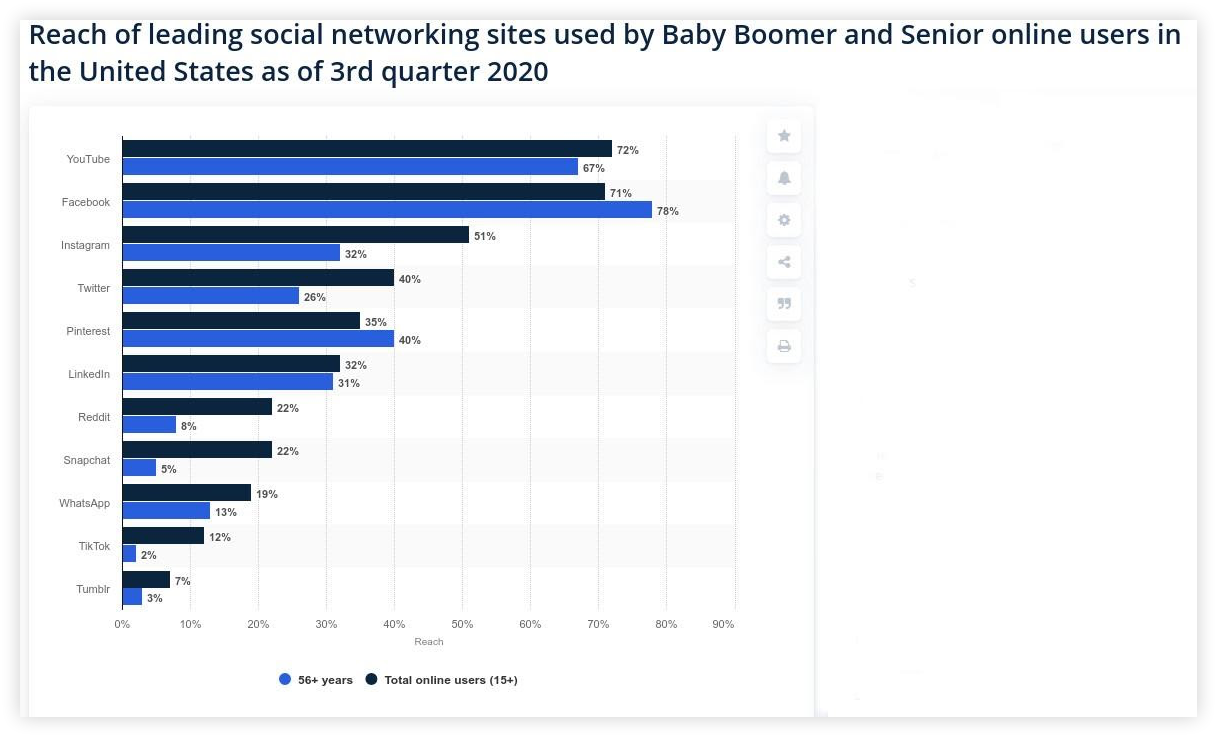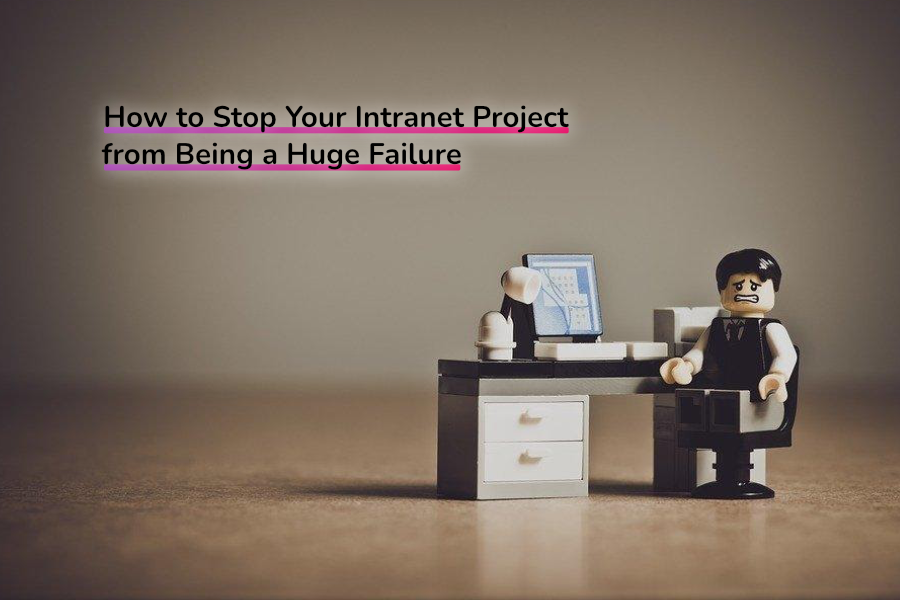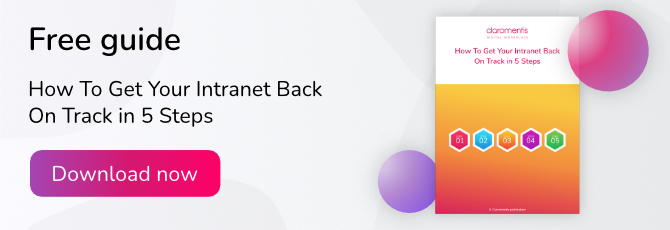It’s the end of the year. The results of your employee satisfaction survey indicate, yet again, that staff complaints remain unchanged. They complain of not knowing colleagues outside their own department, what’s going on with the company, or where to find important information. Yet, this is all posted on the company intranet. What’s going wrong? It’s a scenario replicated in companies around the world. When organisations plan their intranet project, they agonise for months, trying to select the right one, only for it to become a colossal failure. Staff remain uninformed, disengaged, and the system ends up with low user adoption.
There are several characteristics of a successful intranet, but below is the skinny on what you could be doing wrong – and what you can do to ensure you make a success of your intranet project going forward.
Get buy-in from leadership
At the initial launch of an intranet project, company leadership is usually tuned in to the amount of work that goes into getting it off the ground. However, months or years later, when the hype has worn off, some C-suite leaders struggle to understand why the intranet is taking up so much of the internal communications team’s time. For a successful intranet project, C-suite leadership has to be part and parcel of the strategic plan. Top leaders must understand the platform’s importance and what it takes to make the tool useful and dynamic to the organisation. They must prioritise the project and approve the resources needed by intranet teams. Also, leadership should not bog down the posting and movement of content with a bureaucratic approval process.
Avoid tone deaf content
Your intranet software is home to content for all staff. That includes the five generations currently operating in the workforce – namely, Traditionalists born before 1946, Baby Boomers born between 1946 and 1964, Generation X (mid-60s to 1980), Millennials (1981 to 1996), and Generation Z born after 1997. Your stories, events and videos have to ring clear and true for all of them. Tone-deaf content means that the intranet’s information is irrelevant and not in a mode or style that a multi-generational workforce can consume. The intranet must have engaging and high-impact content that’s relevant and consumable by all five generations.

Make your intranet content multi-generational by adding audio and video as well as text-based articles
Intranets must also respect generational content consumption preferences. You have to focus on driving information on specific platforms. Include learning styles that appeal to each generation. This should include audio, video, collaboration tools, text and articles, document repositories, interactive content, digital workplaces, and feedback loops so that people can make suggestions in terms of what they want to see daily, weekly, or monthly.
Consider the following interesting stats as you develop employee intranet content:
- The average person in Generation Z has an attention span of 8 seconds. So short content and videos might work best for this generation.
- The number of Baby Boomers using social media has been growing steadily, with the fastest rise seen on Facebook. If you think about the structure of Facebook, users can interact, browse images, catch up with the news, and read articles. This finding suggests that Baby Boomers don’t mind a full buffet of information sources. Maybe a company podcast or talk show would serve this generation well.

(Image source: Statista)
- Generation X is known to be almost two times more likely to unfollow a brand that makes statements against their personal beliefs. How can you ensure your intranet content resonates personally with this cohort?
This goes back to trying our best not to be tone-deaf and to put out relevant information that engages our audience. Social media stats are a good indicator of generational content consumption preferences.
Ensure all staff use the intranet
Some employees are too overwhelmed to check-in. It may also be that their workflow does not require them to check all internal communications, or it isn’t a priority for them. So, it’s helpful to have more than one way to get important information in front of people who need it. A strategy that works is to get employees to sign-off that they have read the internal communications.
The intranet should inspire staff – not just deliver demands from HQ
Employees want to do meaningful work. No one wants to conduct unfulfilling, mindless mechanical tasks day in, day out. It’s therefore essential to know what makes employees tick. Storytelling is one way to frame what an employee does better or inspire them to greater performance. Rather than making the intranet a dumping ground of information, package it into powerful inspirational messages.
Lack of defined goals and strategies to meet them
Unfortunately, intranets are viewed and sold to organisations as the panacea to all problems. The reality is different. The first thing that organisational leaders should do to drive people to the intranet project is to clarify what they want to do for the organisation. Is it to communicate critical information like policies and procedures and business updates? Maybe it is to improve collaboration or a place where staff can connect.

Is your intranet goal to improve communication and collaboration?
Whatever the goal, it needs proper definition and communication throughout the organisation. The purpose also determines the intranet strategies to deploy. For example, if the goal is communication, where staff can regularly access information, the intranet can be gamified slightly. This strategy drives the intended behaviour. If the goal is to collaborate, offline connections such as ice cream socials, staff lunches, or cocktails are essential prerequisites. This strategy gives employees from different parts of the organisation opportunities to connect a little organically before pushing them online. It’s really about creating the behaviours that you want to drive offline and then gently nudging people online rather than simply putting a tool in place and assuming everybody is going to flock to it.
User friendly
Intranets, especially legacy intranets, are famously clunky, hard to use, and have an overall poor user experience. One of the most critical success factors in any intranet project implementation is fundamentally making sure it works. Make sure the tool that you’re buying and implementing runs effectively and yields the desired outcome.
Finally, even with an excellent intranet platform in place and setting a superb goal, it could still fail if you lose sight of the fact that it’s only a tool. Intranets tend to fail because organisations typically look at them as a solution when, in reality, they are a solution enabler. Take collaboration as an example. Organisations buy intranets to improve collaboration, but the truth is that if staff in an organisation aren’t currently collaborating, simply putting technology in place isn’t going to change that behaviour. Instead, leaders need to investigate and get under the hood to find what inhibitions exist. Once leaders understand why people aren’t collaborating and start to put some solutions in place, an intranet becomes a great enabler to help drive the desired behaviour.

![[FREE GUIDE] How To Get Your Intranet Back On Track in 5 Steps](https://no-cache.hubspot.com/cta/default/5025095/83f7771e-da9f-4f67-bb39-1a3cd95f2787.png)




